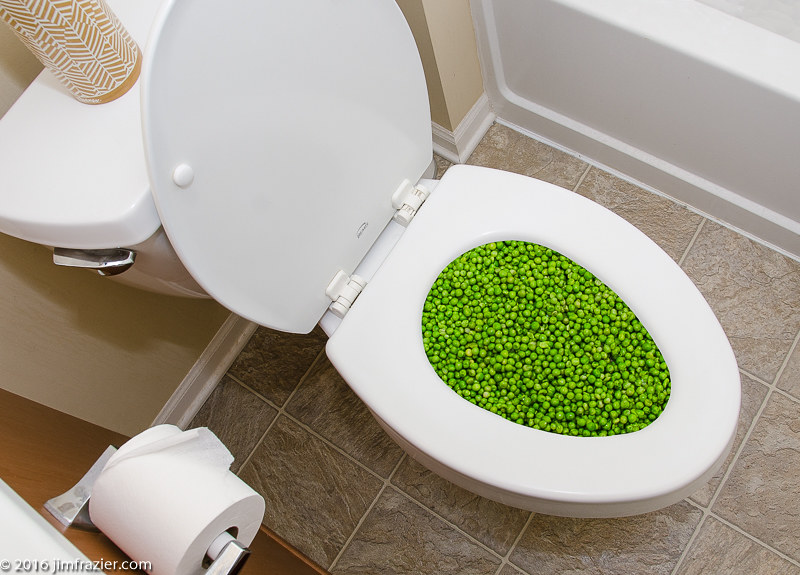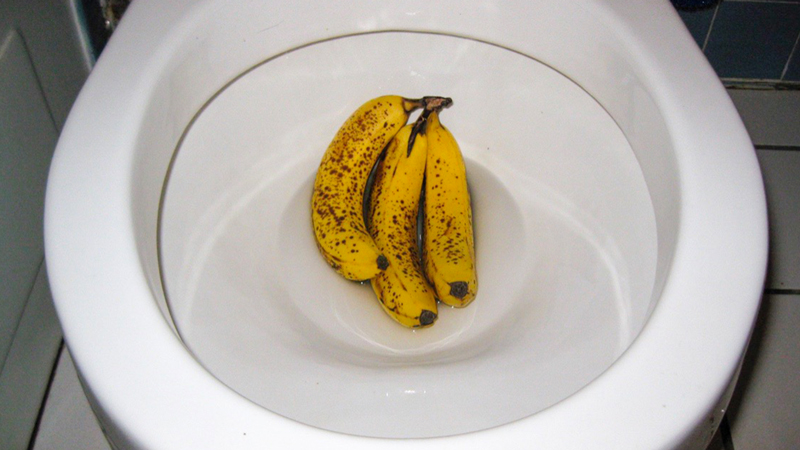Can One to Dispose of Food in the Toilet?
Can One to Dispose of Food in the Toilet?
Blog Article
Right here below you can discover some very good information pertaining to What Can Happen If You Flush Food Down the Toilet?.

Introduction
Many people are often confronted with the dilemma of what to do with food waste, especially when it concerns leftovers or scraps. One common inquiry that emerges is whether it's all right to purge food down the toilet. In this article, we'll explore the reasons why people may take into consideration flushing food, the consequences of doing so, and different methods for proper disposal.
Reasons that individuals may consider purging food
Absence of recognition
Some people may not be aware of the potential injury caused by flushing food down the commode. They may wrongly think that it's a harmless method.
Ease
Purging food down the bathroom may feel like a fast and easy option to getting rid of undesirable scraps, especially when there's no nearby garbage can available.
Laziness
In many cases, people may merely select to flush food out of sheer laziness, without considering the repercussions of their actions.
Repercussions of flushing food down the toilet
Ecological influence
Food waste that ends up in rivers can add to air pollution and harm aquatic environments. Furthermore, the water used to flush food can stress water sources.
Pipes problems
Flushing food can result in clogged up pipelines and drains, creating expensive plumbing repair work and troubles.
Kinds of food that ought to not be flushed
Coarse foods
Foods with coarse structures such as celery or corn husks can get entangled in pipes and cause obstructions.
Starchy foods
Starchy foods like pasta and rice can take in water and swell, leading to clogs in pipes.
Oils and fats
Greasy foods like bacon or food preparation oils ought to never ever be purged down the toilet as they can solidify and create blockages.
Correct disposal methods for food waste
Using a waste disposal unit
For homes geared up with garbage disposals, food scraps can be ground up and flushed with the plumbing system. However, not all foods appropriate for disposal in this fashion.
Recycling
Particular food packaging products can be recycled, lowering waste and decreasing ecological influence.
Composting
Composting is an environmentally friendly way to take care of food waste. Organic products can be composted and used to enrich soil for gardening.
The importance of proper waste monitoring
Lowering environmental injury
Appropriate waste monitoring methods, such as composting and recycling, aid minimize pollution and protect natural resources for future generations.
Securing pipes systems
By staying clear of the practice of flushing food down the toilet, homeowners can stop expensive plumbing fixings and maintain the integrity of their pipes systems.
Verdict
Finally, while it might be appealing to flush food down the toilet for ease, it is essential to comprehend the potential effects of this action. By adopting correct waste administration practices and disposing of food waste sensibly, individuals can contribute to much healthier plumbing systems and a cleaner atmosphere for all.
FLUSH FOOD DOWN THE TOILET?
FLUSHING FOOD CAN CAUSE BLOCKED DRAINS IN YOUR HOME
All of the plumbing fixtures in your home are connected to the same sewer pipe outside of your home. This outdoor sewer pipe is responsible for transporting all the wastewater from your home to the Council sewer mains. Even small pieces of food that go down the kitchen sink can cause problems for your sewer. It should therefore be obvious that flushing larger bits of food, such as meat, risks a clog in either the toilet itself or the sewer pipes. Flushing greasy food is even more problematic because oil coagulates when it cools, coating the interior lining of your pipes.
THE TOILET IS NOT A BIN
Food isn’t the only thing that people shouldn’t be flushing down the toilet. People use the toilet to dispose of all kinds of things such as tampons, makeup wipes, dental floss, kitty litter and even underwear. Water goes to great lengths to educate residents about the high costs and stress placed on wastewater treatment systems simply from people flushing the wrong stuff down the toilet. It costs taxpayers millions of dollars each year, and homeowners thousands in blocked drain repairs.
FLUSHING FOOD IS A WASTE OF WATER
Flushing food is a waste of our most precious resource - water. In June this year Level 1 water restrictions were introduced to protect water supply from drought conditions. Much of New South Wales continues to be affected by prolonged drought with recent figures revealing up to 97 per cent of the state remains in drought. Depending on whether you have a single or dual flush toilet, every single flush uses between five and 11 litres of water. In the current climate this is a huge amount of water to be wasting on flushing food that should be placed in the bin (or better yet, the compost).
https://www.jabplumbingsolutions.com.au/blog/can-you-flush-food-down-the-toilet

I am just very focused on and I really hope you appreciated the new entry. Don't hesitate to set aside a second to distribute this article if you enjoyed it. Thank you for your time spent reading it.
Call Today Report this page